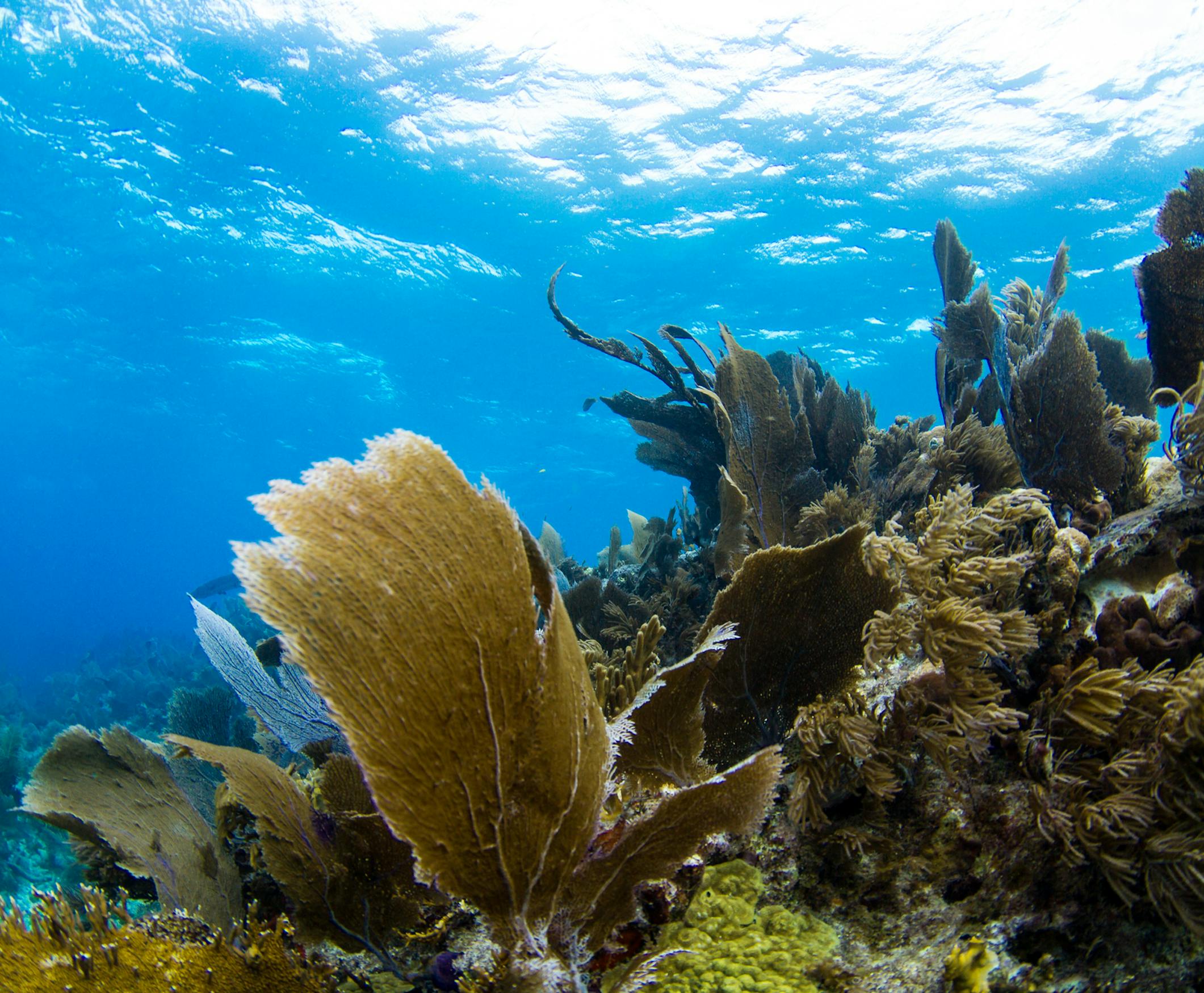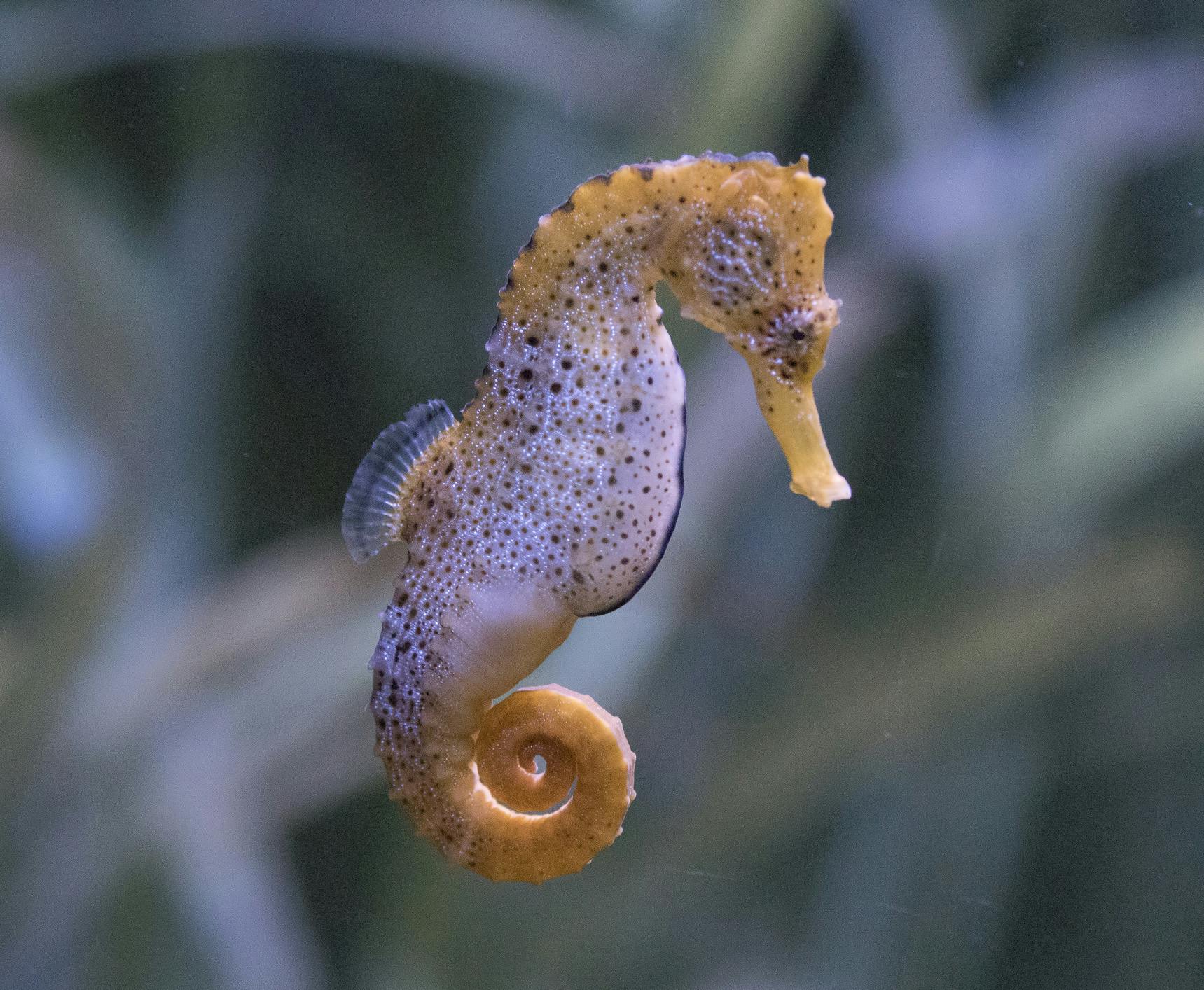Free Shipping on orders of $49+ | Signup for Direct Rewards
Free Shipping on orders of $49+ | Free Store Pickup | Signup for Direct Rewards
Free Shipping on orders of $49+ | Signup for Direct Rewards
Free Shipping on orders of $49+ | Free Store Pickup | Signup for Direct Rewards

As a dive shop with four locations across Florida, we've had the pleasure of traveling up and down the state, gaining valuable experiences along the way. From the clear blue waters surrounding this peninsula to the bustling cities filled with rich culture, Florida has a lot to offer diving enthusiasts. We're excited to share our firsthand knowledge with you, providing a comprehensive guide to help you make the most of your diving adventures. In this travel guide, we'll focus on our first stop out of four: South Florida, specifically Fort Lauderdale and West Palm Beach. Whether you're a seasoned diver or new to the sport, there’s something here for everyone. So, get ready for an unforgettable dive experience in South Florida!
South Florida is renowned for its crystal-clear waters, vibrant coral reefs, and abundant marine life, making it one of the top dive destinations in the world. What sets Fort Lauderdale and West Palm Beach apart is their close proximity to the Gulf Stream, which brings warm, clear waters filled with diverse marine species. The area is also home to various underwater ecosystems, including shipwrecks, coral reefs, and artificial reefs, making it a prime location for both recreational diving and technical diving.


The best time to visit Fort Lauderdale and West Palm Beach for diving is from December to May when the waters are calm, clear, and teeming with marine life. The weather is generally mild, and visibility can reach up to 100 feet on a good day. While the summer months (June to September) offer warmer water temperatures, visibility can be reduced due to seasonal storms and increased plankton.

Whether you're a beginner eager to see vibrant fish and coral or an experienced diver looking to explore shipwrecks, Fort Lauderdale and West Palm Beach offer some of the most exciting and accessible diving spots in Florida. With its diverse marine life, crystal-clear waters, and easy access to top-notch dive operators, this part of South Florida is a must-visit destination for any dive traveler. Pack your gear, dive in, and explore the underwater wonders of this tropical paradise!
What makes Fort Lauderdale and West Palm Beach great for diving?
Both locations offer easy access to a variety of dive sites, including vibrant coral reefs, artificial reefs, and historic shipwrecks. Fort Lauderdale is known for its "Wreck Trek," while West Palm Beach features the famous Blue Heron Bridge, ideal for macro photography and marine life observation.
What is the Blue Heron Bridge, and why is it popular?
The Blue Heron Bridge, located in West Palm Beach, is one of the world’s top shore diving sites. Its shallow waters are perfect for beginners, and its incredible biodiversity attracts experienced divers. You can spot seahorses, octopuses, rays, and a wide range of critters, making it a hotspot for underwater photographers.
What are some must-see wrecks in Fort Lauderdale?
Fort Lauderdale is famous for its "Wreck Trek," which includes the Jay Scutti, Tracey, and Merci Jesus wrecks. Other notable wrecks in the area include the Ancient Mariner and the Mercedes I. These sites are rich in marine life and ideal for intermediate to advanced divers.
Are there dive sites for beginners in these areas?
Absolutely! Both regions offer beginner-friendly sites. The Blue Heron Bridge in West Palm Beach is perfect for shallow and easy dives, while Fort Lauderdale has plenty of shallow reefs like Barracuda Reef that are ideal for new divers.
Are there guided dive tours available?
Yes, both areas have numerous dive shops and charter boats offering guided tours for reefs, wrecks, and drift dives. Many operators provide rental gear and cater to divers of all levels, from beginners to experts.
What are the water temperatures like year-round?
Water temperatures range from the mid-70s °F in winter to the mid-80s °F in summer. A 3mm wetsuit is sufficient for most of the year, though a 5mm may be more comfortable during cooler months, especially for multiple dives.